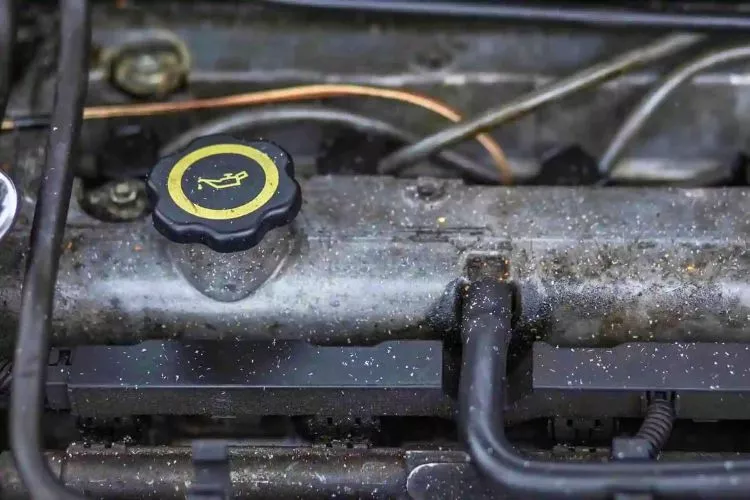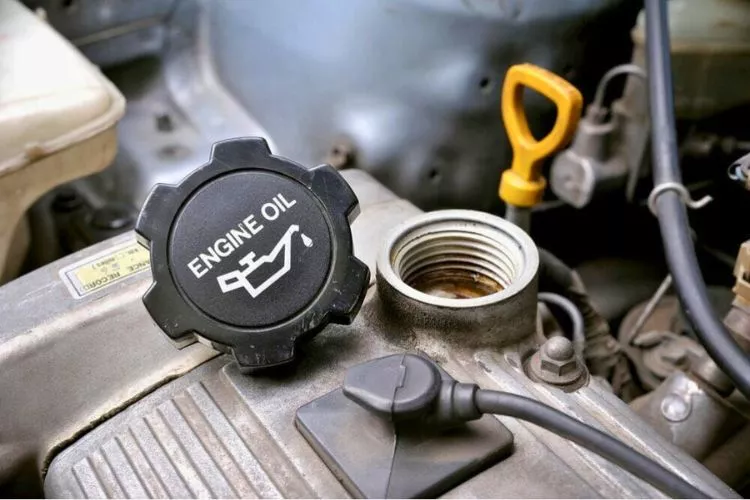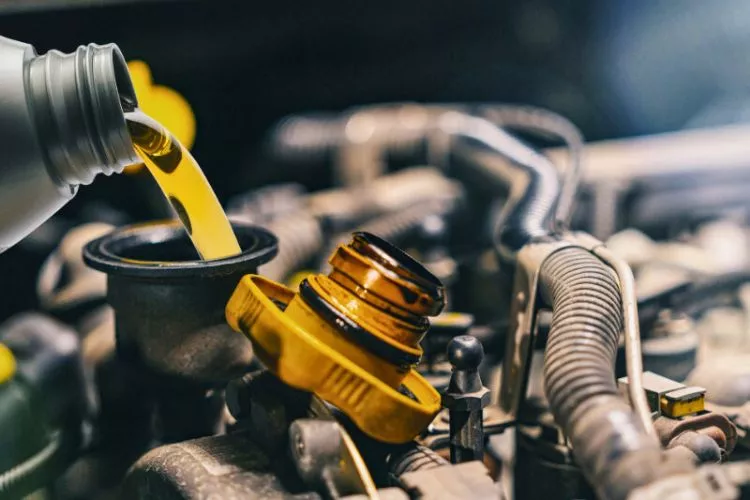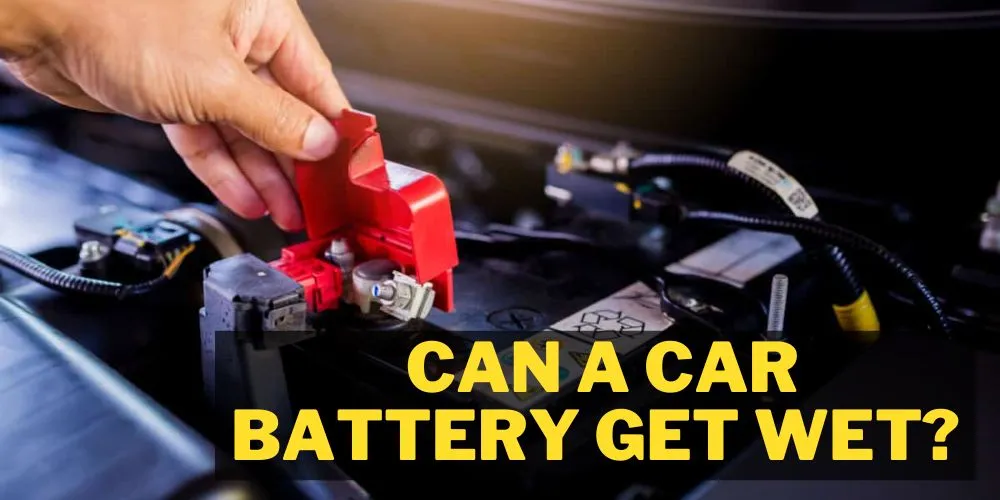Auto maintenance can raise questions, particularly for DIY car enthusiasts.
One frequently addressed query is: can you open oil cap when engine is hot?
This topic delicately balances routine vehicle maintenance and safety precautions. Recognizing the implications of such an action is essential before attempting a hot oil cap.

This article will explore the mechanics, potential risks, and expert opinions on this frequently debated topic. Get ready for comprehensive answers drawn from professional insight and practical experience.
Contents
Can you open oil cap when engine is hot?
No, opening the oil cap when the engine is hot is not advised. Reasons for this include:
- Safety Risk: The engine components get extremely hot and might result in serious burns if touched.
- Pressure Build-up: The engine’s heat causes pressure to build up in the oil system. Opening the oil cap can unpredictably release this pressure, possibly causing hot oil to sprout.
- Possible Damage: Sudden release of pressure can cause oil to spill, potentially damaging other engine parts.
Can you open oil cap when engine is running?
Opening the oil cap while the engine is running is strongly discouraged. Here’s why:

- Safety Concern: Opening the oil cap might result in heated oil spraying out due to the pressure within the engine, which could cause burns.
- Engine Damage: The engine oil system is a closed system. Opening the oil cap while the engine is running disrupts the system, potentially causing oil to splatter and pollute critical engine parts.
- Erroneous Readings: When the engine runs, the oil level cannot be accurately read. The oil is circulated throughout the engine, giving false indications of low oil levels.
What happens when you put oil in a hot engine?
Adding oil to a hot engine doesn’t cause harm to the engine itself. Still, there are safety and functionality considerations:
- Safety Risks: Hot engines can lead to burns. Additionally, hot engines create pressure, and sudden release of this pressure, by removing the oil cap might cause hot oil to spurt out, presenting a burn risk.
- Incomplete Filling: Pouring oil fast into a hot engine may prevent the complete and even distribution of oil as it could channel down the side of the crankcase too swiftly.
- Inaccurate Reading: It’s incredibly difficult to accurately measure the oil level of a hot engine since the oil will be dispersed throughout, likely giving false readings.
Can you add oil to a running engine?
While technically, you can add oil to a running engine, it’s generally not recommended for several reasons:

- Safety Risks: The potential for the hot oil to spurt out when the oil cap is removed presents a significant burn risk.
- Engine Damage: When running, the oil system, designed as a closed system, is under pressure. Opening the oil cap disrupts this pressure, potentially causing oil to splatter and contaminate vital engine parts.
- Inaccurate Oil Level Measurement: The oil is circulated by the engine when it’s running. Thus, you won’t get an accurate oil level reading, which might result in overfilling or underfilling.
For these reasons, it’s safer and more accurate to turn off the engine, wait a few minutes for the oil to settle in the oil pan, and then add the necessary amount of engine oil.
Conclusion:
In summary, it is not advisable to open the oil cap of a hot or running engine due to significant safety and functional concerns.
The risks range from personal injury, such as burns from hot oil or engine parts, to potential harm to the engine from oil spattering and contaminating critical engine components.
Additionally, the accuracy of oil level readings is compromised when the engine is hot or running, potentially leading to incorrect oil additions.
Therefore, always let the engine cool and settle before checking or adding engine oil. This practice ensures your safety and maintains your vehicle’s engine’s optimum performance and longevity.
We can all enjoy a smooth and reliable driving experience by adhering to these safe practices.


